This is the first of several technical notes on the technology known as moving coil actuators. Here we provide a brief history of linear actuators used in automation — and hint at where moving coil actuators are suitable.
By Ed Neff • President | SMAC Moving Coil Actuators (MCA)
Hydraulic actuators came first. These devices produce high force and, because hydraulic fluids aren’t compressible, can operate as servo devices.

That means hydraulic actuators can operate as servo actuators, which is useful in applications that need variable speed and positioning. Primary uses are in the machine tool industry, plastic processing, and off-highway equipment. Speed isn’t high. Cost for hydraulic actuation is relatively high due to the need for power units and pumps. Typical life is about 10 million cycles. Leakage of fluid is a major concern.
Pneumatic actuators (and valves) emerged after World War II. These devices produce low to medium forces and are relatively fast. However, pneumatic actuators aren’t typically used as servo devices due to how their working fluid (air) is compressible … so difficult to employ for positioning. That means pneumatic cylinders essentially deliver two-position motion … and adjustments must be made manually.

Typical life is about 10 million cycles. Pneumatic actuators on their own are inexpensive. However, they do require an air compressor system installation which can be ordered from Air compressor dealers.
Electric actuators also emerged after World War II. The first of these devices (and many today) employ rotary motion from an electric motor that’s converted to linear motion through some mechanism — often ball screws. Rotary motors are either open-loop steppers or closed-loop servo motors … with speed and position programmable on the latter.

High speed is possible with wide screw pitch, though such geometry compromises speed and positioning precision. Cycle life is comparable to that of pneumatic cylinders. Electric actuators first replaced hydraulic actuators as mentioned above but are now facing direct competition from linear motors due to the speed- precision tradeoff and cycle life. These devices cost about three times what pneumatic cylinders cost.
In the late 1980s, the first linear motor-based actuators began to appear. This was due to the development of high-strength magnets … first samarium cobalt and then neodymium. These dc devices include coils to move the portion of the assembly with magnets.

Linear-motor actuators are servo devices with programmable position and speed capabilities. They can have a much longer life (to 100 million cycles) than air cylinders or ball screw actuators. To get relatively high speeds, the actuators need current to 5-A+ range, this being needed due to mass of the moving magnet. Force level is comparable to pneumatic devices. The price is about eight times that of pneumatic devices.
In 2000, another linear motor was introduced to the market — the moving-coil actuator. The development of neodymium magnets is key to this device. Moving-coil actuators are dc devices that use a series of static coils to move magnets mounted on a piston. They are servo devices that allow programmable control of position and velocity. They also allow programming of forces. Because the piston is a relatively light mass, these are the fastest linear actuators on the market.

Just as moving magnet linear-motor actuators, moving-coil actuators also have long cycle life. Current input is in the 1.5-A range due to the low moving mass. Stroke is limited to about 500 mm. Output force is comparable to that of pneumatic actuators. Price is about two to three times that of pneumatic actuators — and continues to drop.
Ball screw, moving magnet, and moving coil actuator applicability
Electric actuators have slowly replaced hydraulic actuators in about 70% of applications — mostly for reasons related to cost, cycle life, and performance.
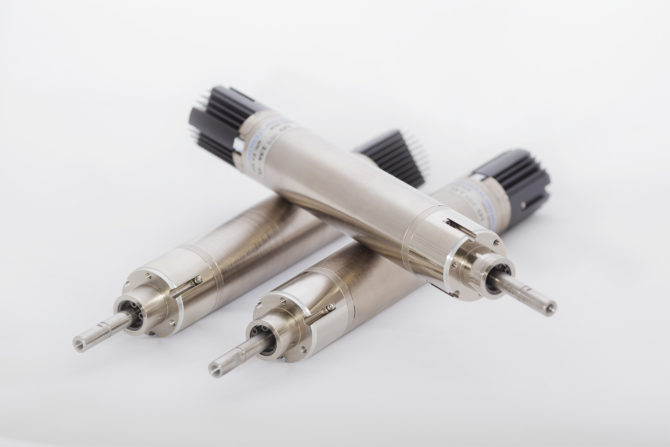
Pneumatic actuators have been much harder to replace with other linear technologies — mostly because of their low upfront cost. But that’s changing. Consider electronic assembly, where pneumatic linear actuators have been almost completely replaced by ball screw or moving coil devices. In that industry, both cycle life and speed are critical — and price isn’t as important. Now, a similar change in occurring in the packaging industry.
Here all three electric designs (ball screw, moving magnet, and moving coil) are replacing pneumatic actuators. Key reasons are eliminating the compressor, higher cycle life, programmable changeovers, and higher speed. Even so, cost is a key point … so lower-cost electric actuators will be needed to convert this industry completely.
That leads us to moving-coil actuators — which satisfy all these design objectives … especially useful for new packaging-machine builds. Within the actuator are permanent magnets generating a magnetic field; a moving coil resides in that field. Passing current through the coil generates traverse motion of it and the output shaft or shuttle. The force of that output is proportional to the coil’s turns ad the magnetic flux within the actuator (both constants) as well as the current. Therefore, increasing current through the coil increases the output force. Just consider how this functionality helps moving-coil linear cylinders outperform pneumatic cylinders on a number of fronts.
| FEATURE | VOICE-COIL LINEAR CYLINDER | PNEUMATIC CYLINDER |
| Position verification | Interface visually displays rod’s exact position for setup | Location of rod unknown; must be visually debugged |
| Durability | More than 200 million cycles | 10 to 20 million cycles |
| Configurability | Speed, positions, and force | None — limited to mechanical adjustment |
| Energy consumption | Low (24/48 V) V/A (1.7 A peak) | Costly need for air supply and electricity for control |
| Noise | Less than 55 dB | Typically exceeding 85 dB |
| Repeatability | ±1 msec cycle-time variance | 20 msec cycle time variance |
| Validation | Encoder feedback and full control of move parameters | Sensors or switches cannot control moves, only limits |
| Cost of ownership | Initial price; no maintenance | Regular replacement and adjustments; need for compressor, valves, tubing |
In our next technical note on this topic, we’ll share more details about how moving coils work and how fast they can go. Then we’ll explain how actuator life is moving towards one billion cycles … and why costs continue to drop.
SMAC Moving Coil Actuators (MCA) | www.smac-mca.com

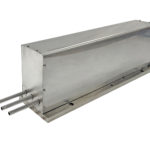
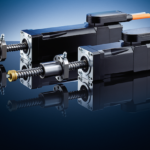
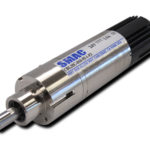
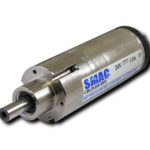


Leave a Reply
You must be logged in to post a comment.